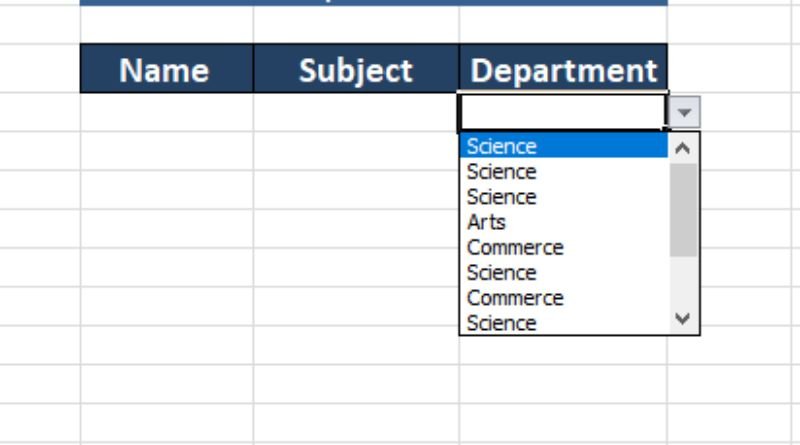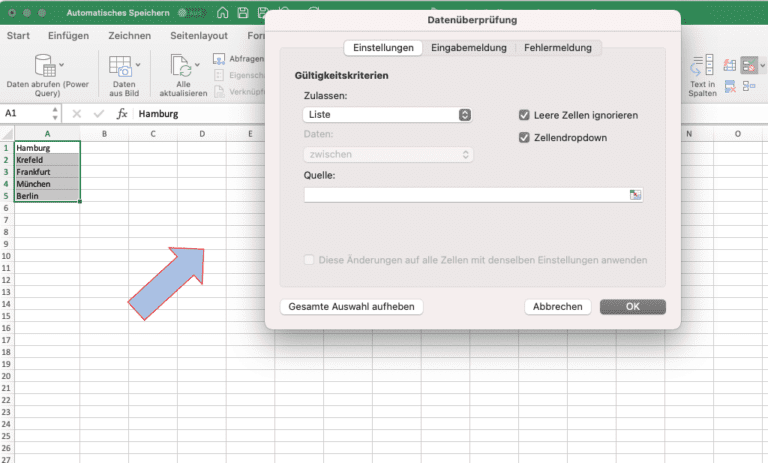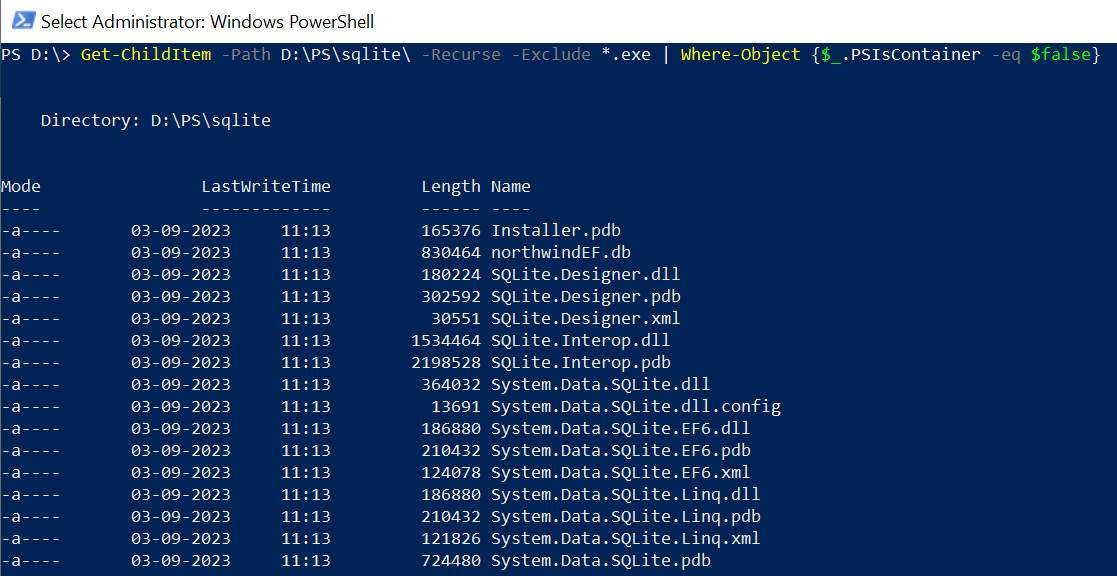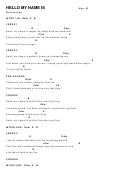5 Steps to Excel Dropdown Magic

When it comes to data management and analysis, Excel is a powerful tool that many professionals rely on. One of its most versatile and user-friendly features is the ability to create dropdown lists, also known as data validation lists. These dropdowns offer a range of benefits, from simplifying data entry to enhancing data consistency and security. In this article, we will delve into the world of Excel dropdowns and guide you through the process of creating them with ease.
Dropdowns, or data validation lists, are an excellent way to streamline your Excel experience. They provide a controlled and organized approach to data entry, making it simpler for users to select options from a predefined list. This not only improves data accuracy but also reduces the chances of errors or inconsistencies in your dataset. Moreover, dropdowns can be customized to suit your specific needs, allowing for a personalized and efficient data management system.
The Benefits of Excel Dropdown Lists

Excel dropdown lists offer a multitude of advantages that can greatly enhance your data management processes. Here are some key benefits that make them an indispensable tool:
1. Enhanced Data Accuracy
By limiting data entry to a predefined list of options, dropdowns minimize the likelihood of incorrect or inconsistent data being entered. This ensures that your dataset remains accurate and reliable, especially when dealing with large volumes of information.
2. Improved Data Consistency
Dropdowns promote consistency by providing a standardized set of choices. Whether you’re working with a team or collaborating remotely, everyone will enter data in a uniform manner, maintaining the integrity of your spreadsheets.
3. Simplified Data Entry
Dropdowns make data entry faster and more intuitive. Users no longer need to type out values; instead, they can simply select from a list, saving time and effort, especially for repetitive tasks.
4. Reduced Errors
With dropdowns, the chances of typos, misspelled words, or incorrect data entries are significantly reduced. This is particularly beneficial when dealing with critical information or when accuracy is paramount.
5. Data Validation and Security
Dropdowns can be used to implement data validation rules, ensuring that only valid and permitted values are entered. This adds an extra layer of security to your data, preventing unauthorized or incorrect modifications.
Step-by-Step Guide: Creating Excel Dropdown Lists

Now that we’ve explored the benefits, let’s dive into the process of creating Excel dropdown lists. Follow these simple steps to unlock the magic of dropdowns in your spreadsheets.
Step 1: Identify the Cell(s) for Dropdown
Start by selecting the cell or range of cells where you want to implement the dropdown list. This could be a single cell for a simple dropdown or a range of cells for a more complex data validation scenario.
Step 2: Access the Data Validation Feature
Navigate to the Data tab in Excel’s ribbon and locate the Data Validation button. Click on it to open the Data Validation dialog box, where you can configure your dropdown settings.
Step 3: Choose the Dropdown Type
In the Data Validation dialog box, select the List option from the Allow dropdown menu. This specifies that you want to create a dropdown list.
Step 4: Define the Source of Dropdown Options
Under the Source field, you can specify the range of cells that contain the values you want to appear in your dropdown. For example, if your options are in cells A1 to A5, enter A1:A5 in the Source field. Alternatively, you can manually enter the options separated by commas.
Step 5: Apply and Customize
Click OK to apply the dropdown list to your selected cell(s). You can further customize the dropdown by adjusting its input message, error alert, and other settings to suit your specific needs.
Advanced Dropdown Techniques
While the basic steps outlined above will get you started with dropdown lists, there are several advanced techniques you can explore to take your data validation to the next level.
Dynamic Dropdown Lists
Excel allows you to create dynamic dropdown lists that automatically update based on certain conditions or criteria. This is particularly useful when dealing with large datasets or when the list of options needs to be regularly updated.
Dropdowns with Formulas
You can incorporate formulas into your dropdown lists to perform calculations or manipulate data dynamically. For example, you can use a formula to calculate and display the total sales for a selected region or product.
Cascading Dropdown Lists
Cascading dropdowns, also known as dependent dropdowns, are a powerful feature that allows you to create a series of interconnected dropdowns. The options in one dropdown are determined by the selection made in a previous dropdown. This is ideal for scenarios where choices are dependent on each other, such as selecting a country and then its corresponding cities.
Custom Dropdown Options
Excel dropdowns can be customized to include images, icons, or even conditional formatting. This adds a visual element to your dropdowns, making them more engaging and user-friendly.
Real-World Applications of Excel Dropdown Lists
Excel dropdown lists find applications in various industries and scenarios. Here are some real-world examples of how dropdowns can streamline data management and improve efficiency:
1. Customer Relationship Management (CRM)
In CRM systems, dropdown lists can be used to track customer interactions, sales stages, or support ticket statuses. This simplifies data entry for sales and support teams, ensuring consistent and accurate records.
2. Inventory Management
Dropdowns are ideal for managing inventory, especially when dealing with multiple product categories or attributes. By using dropdowns, warehouse staff can quickly select items, quantities, and locations, reducing the risk of errors in stock management.
3. Financial Analysis
Financial analysts can use dropdowns to select different scenarios, assumptions, or time periods for their financial models. This simplifies the process of running what-if analyses and exploring different financial outcomes.
4. Project Management
Dropdowns can be a valuable tool for project managers to track task statuses, prioritize tasks, or assign resources. With dropdowns, project teams can efficiently manage and update project progress, ensuring smooth collaboration.
5. Healthcare Data Management
In healthcare settings, dropdowns can be used to record patient demographics, medical conditions, or treatment plans. This standardizes data entry, ensuring that patient information is accurate and easily retrievable.
Troubleshooting Common Dropdown Issues

While Excel dropdowns are a powerful tool, users may encounter some common issues or errors. Here are some troubleshooting tips to help you resolve dropdown-related problems:
Issue: Dropdown Not Showing All Options
If your dropdown list is not displaying all the options, ensure that you have correctly specified the source range in the Data Validation dialog box. Double-check that the range includes all the relevant cells.
Issue: Dropdown Options Are Blank
If your dropdown options appear blank or contain unexpected values, verify that the source range you specified contains the correct data. Also, ensure that the cell formatting is compatible with the dropdown list.
Issue: Dropdown Not Working as Expected
If your dropdown list is not functioning as intended, check for any conditional formatting or formulas that might be interfering with the data validation settings. Ensure that your dropdown settings are consistent across the selected cells.
Issue: Dropdown Options Disappear
If your dropdown options suddenly disappear, it could be due to cell formatting or data validation settings being accidentally overwritten. Review your cell formatting and data validation rules to ensure they are correctly configured.
Conclusion: Unleashing the Power of Excel Dropdown Lists
Excel dropdown lists are a versatile and powerful tool that can transform your data management and analysis processes. By following the step-by-step guide outlined in this article, you can easily create dropdowns to enhance data accuracy, consistency, and efficiency. Whether you’re a data analyst, project manager, or simply an Excel enthusiast, dropdowns offer a simple yet effective way to streamline your work.
Remember, Excel dropdowns are just the beginning. By exploring advanced techniques and real-world applications, you can unlock the full potential of this feature, making your spreadsheets more dynamic, interactive, and user-friendly. So, embrace the dropdown magic and elevate your Excel game to new heights!
Can I use dropdowns in Excel Online or mobile versions?
+Yes, Excel Online and mobile versions offer dropdown functionality, although the interface and features may vary slightly. However, the core principles of creating dropdowns remain the same across different Excel platforms.
How can I prevent users from manually typing values outside the dropdown options?
+To ensure that users can only select from the dropdown options, enable the Data Validation feature and set the Error Alert to display a warning or prevent invalid entries. This will restrict users from entering data outside the predefined list.
Can I use multiple dropdowns in a single cell?
+No, you cannot have multiple dropdowns in a single cell. However, you can create a dropdown that displays different options based on the selection made in another cell, known as a cascading or dependent dropdown.
How do I clear or reset a dropdown list?
+To clear a dropdown list, simply select the cell(s) with the dropdown and remove the data validation rule. You can do this by accessing the Data Validation dialog box and clicking the Clear All button.
Can I create dropdowns with custom images or icons?
+Yes, Excel allows you to create dropdowns with custom images or icons. You can use the Data Validation feature and specify the source range as the cells containing the images or icons. Ensure that the image or icon cells are formatted as Text to avoid data corruption.


